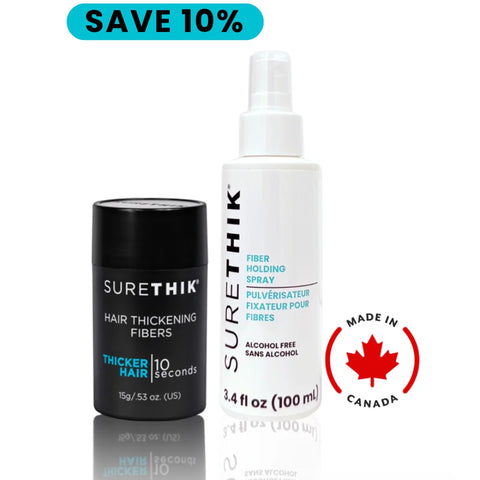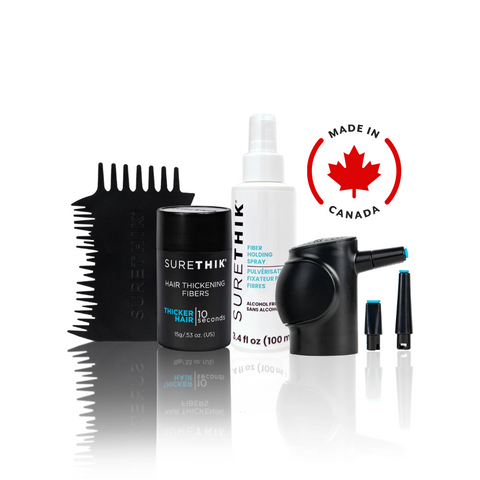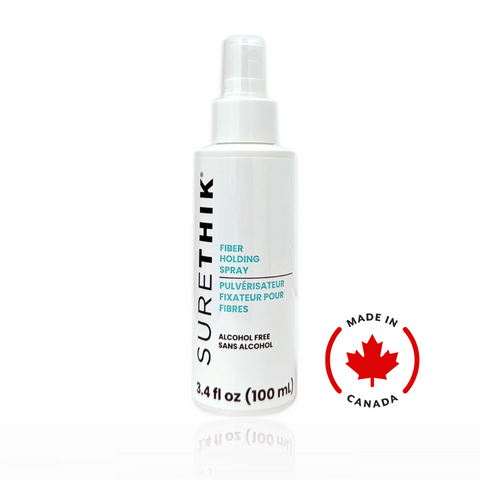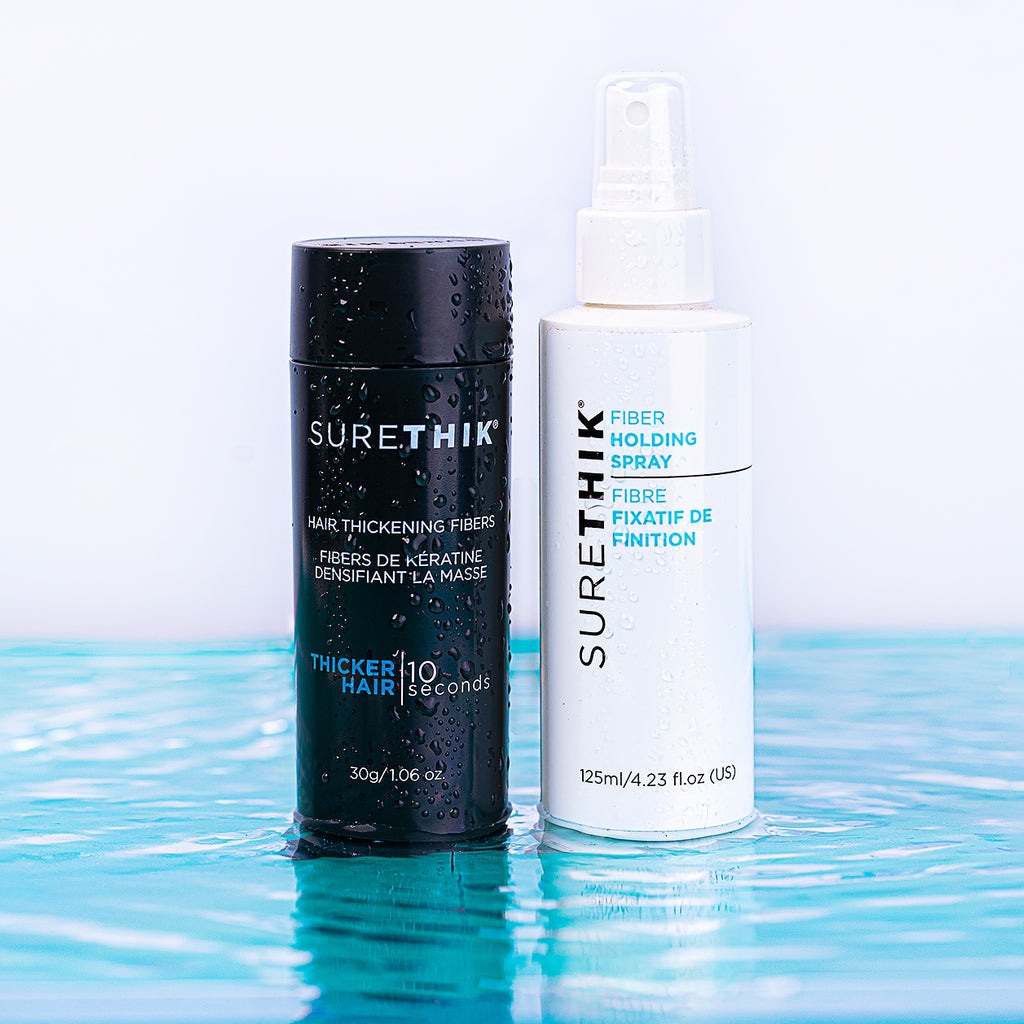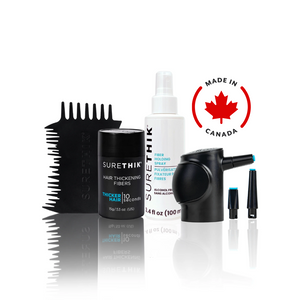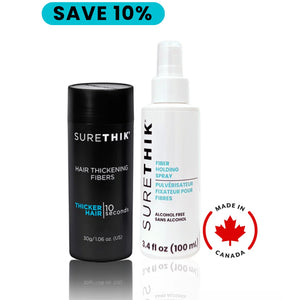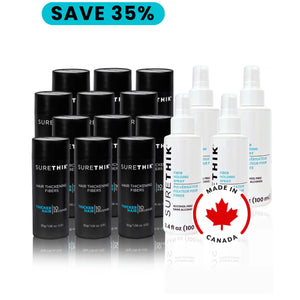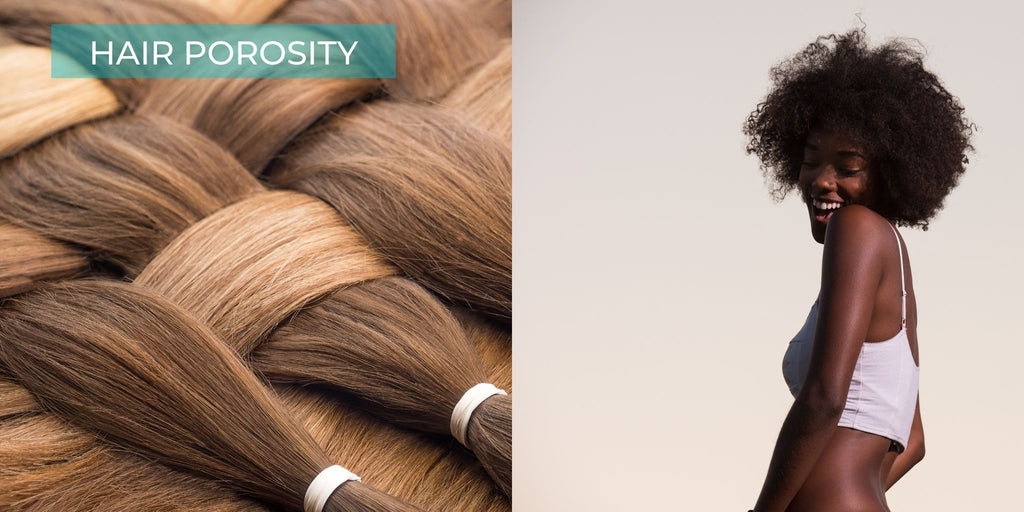
All About Hair Porosity
If you're treating and hydrating your hair but it's still dry and frizzy, a hair porosity test may be in order.
The capacity of your hair to retain and absorb moisture is referred to as porosity. Hair porosity is largely determined by genetics, just like hair type, although other factors such as chemical treatments, weather, and heat style can also influence hair porosity.
Knowing your hair porosity will aid you in selecting the appropriate treatments and ingredients to treat and maintain your hair's health and demands. Knowing your hair porosity can also help you better understand how to style it and what techniques to apply (for example, not all hair porosity types respond well to heat styling). Knowing your hair porosity isn't as well-known as knowing your hair type, but it's as crucial if you want to keep your hair healthy and strong.
WHAT IS HAIR POROSITY?
The ability of your hair to absorb and keep moisture is measured by porosity. The cuticle, a flexible outer hair layer that regulates how readily moisture and oils travel in and out of your hair, is a factor. Porosity is mostly determined by genetics, although it may also be influenced by environmental variables including exposure, heat treatments, and chemical processing. Knowing the porosity of your hair may help you pick the best products to maintain it nourished, supple, strong, and shining.

POROSITY TEST:
The openness or closeness of the shingle-like cuticles decides the hair porosity type. It's vital to remember that your hair's porosity might alter for the better or for the worst. There are several ways you can help decide your hair porosity.
The Spray Bottle Test: Using a spray bottle, spritz a tiny part of your hair. If the water beads up on your hair, it's a sign of low porosity. Your hair has a high porosity if it absorbs rapidly. You have average porosity hair if the water sits on your hair for a few minutes before soaking into it.
Scalp test: Take a strand of hair and move it up toward your scalp with your fingertips. You have high porosity if you experience tiny bumps along the route. If the shaft is flat, your cuticle is well bonded, and your hair has low porosity.
Float Test: The most common way of testing your hair. Take a few hair strands from your brush or comb (make sure your hair is clean!). Hair products might affect the outcome), and then place them in a basin of water. Allow them to sit for a few moments. You have poor porosity if your hair floats when the time is up. You have high porosity if it sinks. (If your porosity is medium, it may float in the middle of the bowl.)
3 LEVELS OF HAIR POROSITY:
You can examine the porosity of your hair at home in a straightforward method. All you need is a glass of water (preferably clear) and a strand of hair. Try this after washing the product and removing any build-up from your strands to get the most correct reading. First, comb your hair to release shedding strands, then take those stands and drop them into your glass of water. Coat with a low porosity float. Hair with a 'normal' porosity will float for a while before gradually sinking. Hair with high porosity will fall right away. We will break down the three levels of density to help you decide your level!

LOW POROSITY:
The cuticle thickness of hair with low porosity is firmly linked, with overlapping scales that lay flat. This type of hair is often healthy and glossy, especially when it is dark in colour. However, when you try to moisten low porosity hair, it repels moisture and is difficult to treat since chemicals do not penetrate it.
Protein-rich deep conditioning treatments can also cause build-up in low porosity hair, leaving it rigid and straw-like. Stick to daily conditioners that are protein-free and have humectants like glycerin or honey. To aid loosen up the firmly bonded cuticle, use moderate heat with protein-free deep conditioning treatments.
Low porosity hair needs emollient-rich moisturizers like shea butter, jojoba oil, coconut oil, and mineral oil. Humectant products, which attract and keep moisture to your hair, are also beneficial. Hair milk is a lightweight, liquid-based treatment that won't sit on your hair and make it oily or greasy.
MEDIUM POROSITY:
Medium porosity hair usually takes the least amount of upkeep. The cuticle layer is looser, enabling just enough moisture to enter while limiting excessive moisture loss. Normal porosity hair holds styles well and maybe permed and colored with consistent results. These procedures, on the other hand, might damage your hair and increase its porosity over time.
The following are some of the most notable characteristics of this porosity level:
- Moisture is quickly absorbed by the hair.
- It does not need as much moisturizing.
- Hair is easily dyed and chemically treated.
Keep doing what you're doing to keep your mane in good shape. However, don't overdo it with the protein since it might cause your hair to get stiff. Also, be careful with heat and chemicals since they can change the cuticles of your hair and lead you to have a high porosity level.
HIGH POROSITY:
Hair can have a high porosity either naturally or due to chemical processing, harsh treatment, or environmental damage. In humid conditions, tall porosity hair has gaps and holes in the cuticle, allowing too much moisture to enter your hair and causing frizz and tangling. In addition, due to the sheer quantity of humidity that very porous hair may absorb, even basic activities like bathing, swimming, and washing can cause further damage and breakage.
It's crucial to apply leave-in conditioners, moisturizers, and sealers on porous hair since it can quickly lose moisture. By layering these products, your hair will be able to keep more of the hydration you're providing it. You may also use a thick hair butter to help fill up the holes in your damaged cuticles and prevent your hair from losing too much moisture. Hair with a high porosity level has the following characteristics:
- Strands have a bumpy feel.
- Dullness
- Hair tangles all the time
- Frizz
For anyone with high porosity hair. It is important to make you look for products that will help. That will help balance back your hair. SureThik this lightweight product moisturizes, nourishes, and strengthens your hair with quality, nutrient-rich ingredients. Aloe, Argan, Moringa, Jojoba, and Sweet Almond oils, as well as Panthenol, Zinc, Nettle, and a range of natural extracts, strengthen, add volume, and shine, and make hair feel silky and luscious without weighing it down.

NROMAL PRORSITY: LUCKY YOU!
You're in luck! Normal porosity hair takes less upkeep, but there are actions you can do to keep your hair in a "normal" healthy state. Deep conditioning and detox masks used once a week or every two weeks, depending on your hair type, can help your hair keep its strong capacity to absorb and retain moisture while also avoiding product build-up. SureThik deep conditioner is a fantastic 2-in-1 solution that detoxes and moisturizes your porous medium or regular hair.
Hair porosity is just one of the factors that go into determining your hair type. Density, elasticity, and texture all play a role in understanding your specific hair demands. Using the same items and following the same method year after year isn't adequate. The hair porosity test is a simple way to keep track of your hair's health. Understanding your hair type and porosity means investing time and money on products and treatments that will benefit your hair and help it absorb and keep the moisture it needs for healthy, strong, and lustrous hair.
For more information on Hair tip, hair loss, and many more about hair care be sure to check out more Blog: HERE!

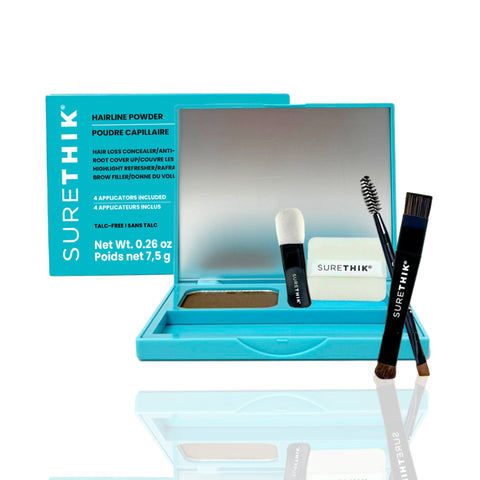
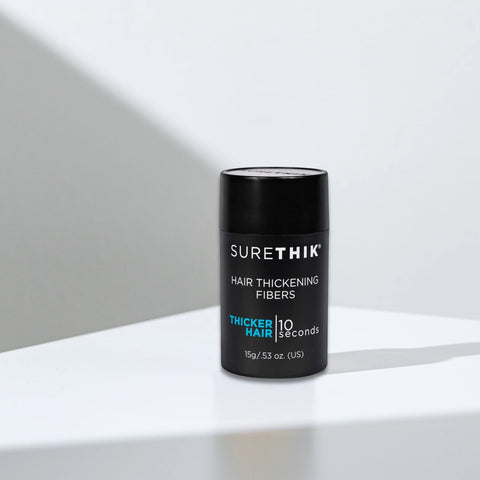
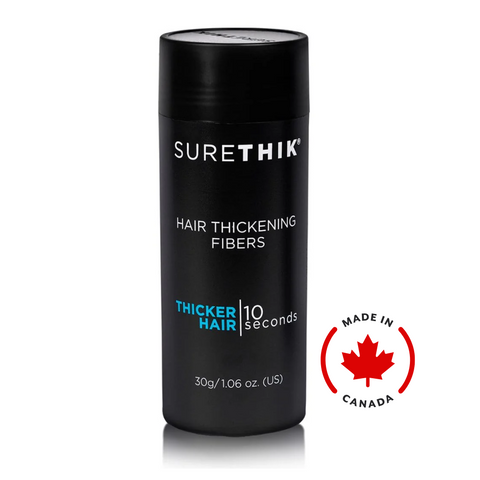


 United States
United States
